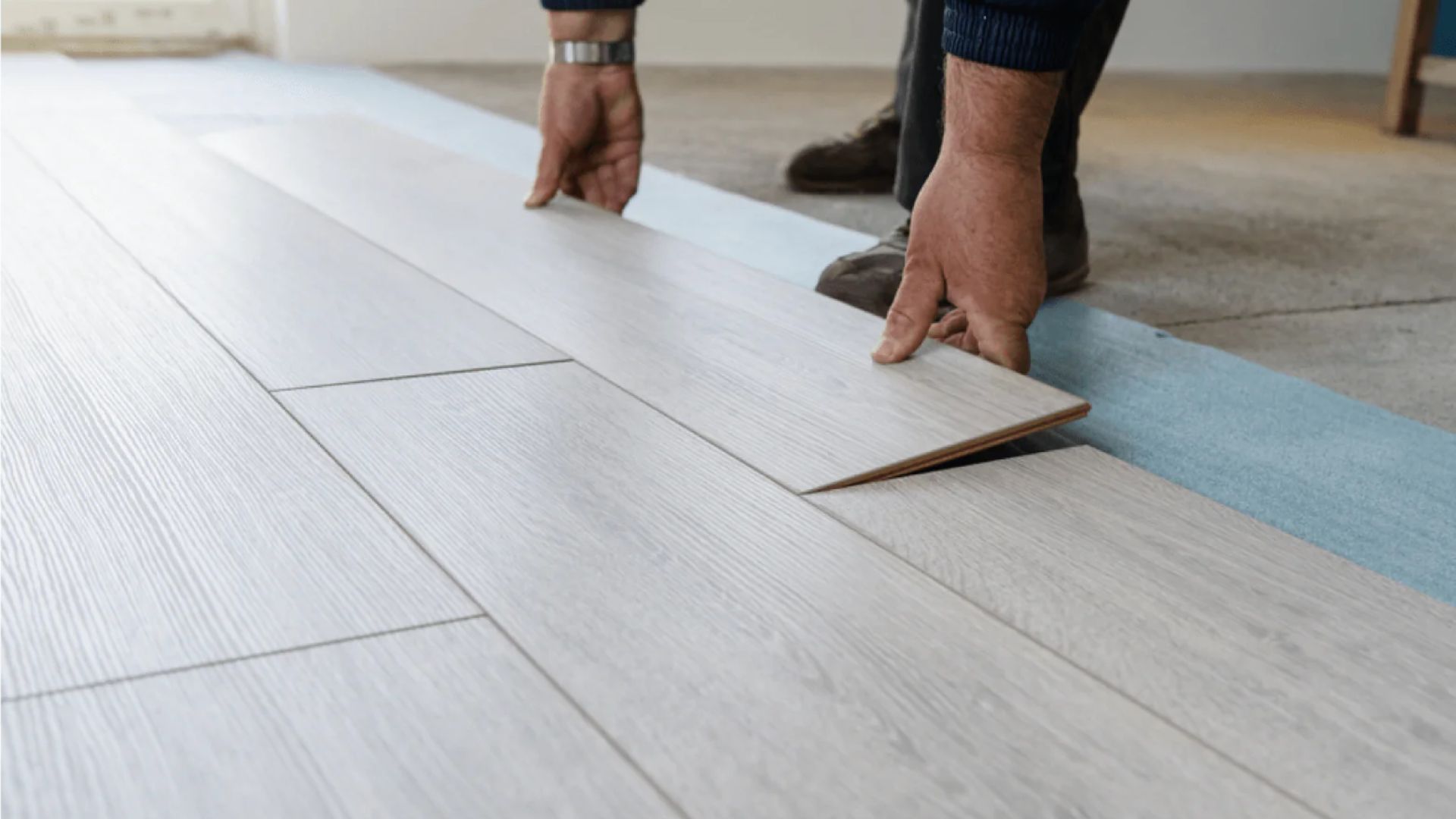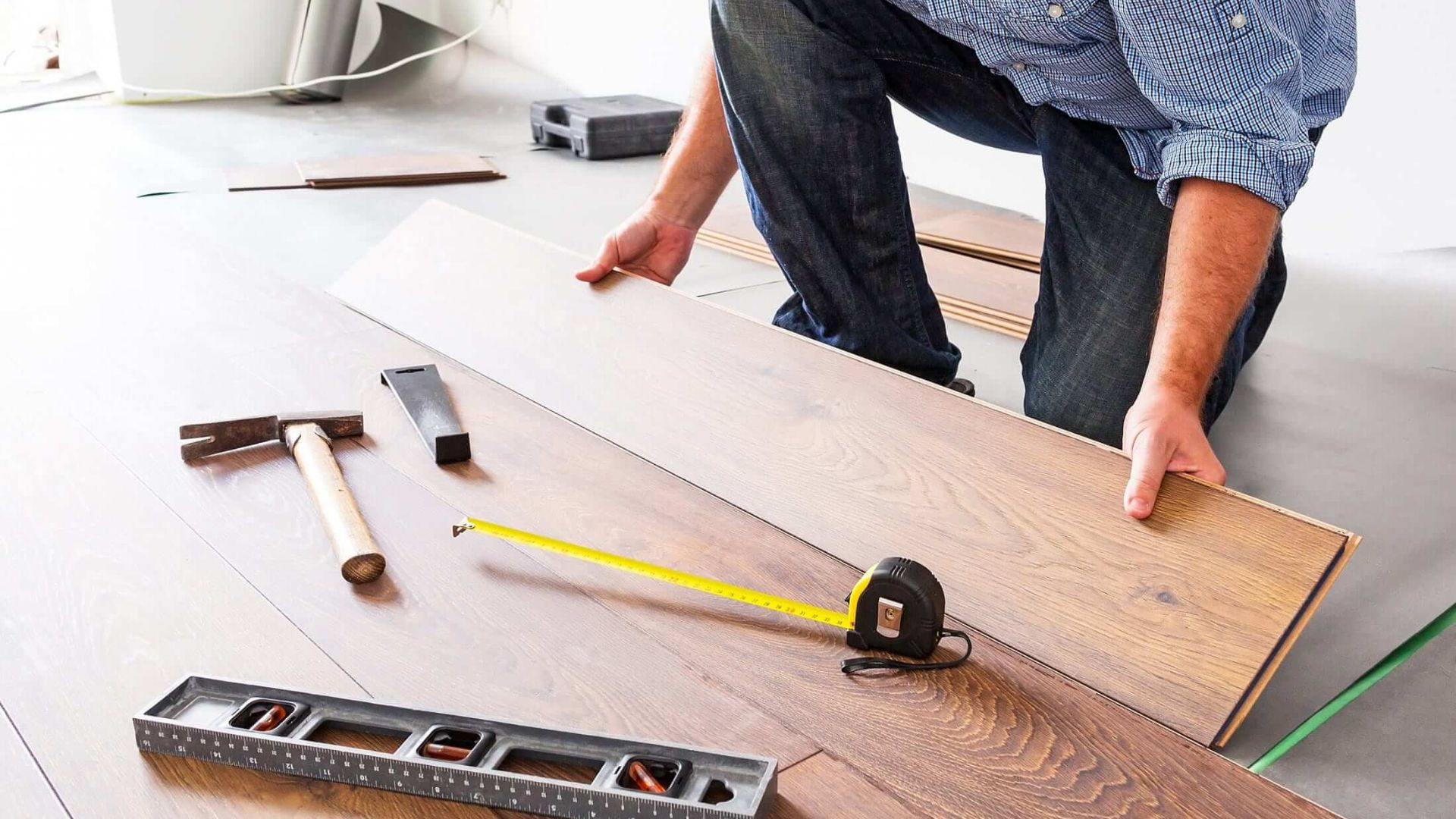Floating floors are a popular choice for many homeowners and businesses due to their ease of installation, versatility, and aesthetic appeal. Unlike traditional flooring that is nailed or glued down, floating floors are installed by interlocking planks that “float” over the subfloor. This unique installation method makes maintenance slightly different but not necessarily more complicated. Here’s a comprehensive guide on how to maintain a Floating Floor to ensure its longevity and keep it looking pristine.

Regular Cleaning
Sweeping and Vacuuming
Regular sweeping or vacuuming is essential to remove dirt, dust, and debris that can scratch the surface of the floating floor. Use a soft-bristle broom or a vacuum cleaner with a hardwood floor attachment to avoid damaging the surface. Aim to sweep or vacuum at least once a week, or more often in high-traffic areas.
Mopping
While floating floors are resistant to moisture, excessive water can still cause damage. Use a damp mop rather than a wet one, and avoid using a soaking mop. Microfiber mops are particularly effective for this purpose. Choose a cleaner specifically designed for your type of floating floor, whether it’s laminate, engineered wood, or vinyl. Avoid harsh chemicals or abrasive cleaners, which can strip the finish and cause discoloration.
Spot Cleaning
For spills and stains, act quickly to prevent them from setting in. Blot up liquids with a soft cloth or paper towel, and clean the area with a damp cloth using a mild cleaner. Avoid scrubbing vigorously, as this can damage the floor’s surface.
Preventative Measures
Use Doormats and Rugs
Place doormats at entryways to reduce the amount of dirt and grit that can be tracked onto the floor. Rugs in high-traffic areas can also help protect the floor from wear and tear. Ensure that the rugs have non-slip backing to prevent accidents and avoid using rubber-backed mats, which can cause discoloration.
Furniture Pads
Attach felt pads to the bottom of furniture legs to prevent scratches and dents. When moving furniture, lift it instead of dragging it across the floor. This simple step can prevent significant damage over time.
Addressing Common Issues
Scratches and Scuffs
Minor scratches and scuffs are inevitable but can be minimized. For light scratches, use a floor repair kit that matches the floor color. For deeper scratches, you might need to replace the affected plank. Always follow the manufacturer’s recommendations for repairs.
Gaps and Buckling
If you notice gaps or buckling, it could be due to improper installation, moisture issues, or extreme changes in temperature and humidity. Identify and address the underlying cause first. For minor gaps, you can often fix them with a floor gap fixer tool. For buckling, you might need professional help to reset or replace the affected planks.
Stains
For stubborn stains that don’t come off with regular cleaning, use a specialized cleaner designed for your floor type. Test the cleaner in an inconspicuous area first to ensure it doesn’t damage the finish. For persistent stains, consult the manufacturer’s guidelines or seek professional advice.
Conclusion
Maintaining a floating floor involves regular cleaning, taking preventative measures, and addressing issues promptly. By following these guidelines, you can keep your floating floor looking beautiful and ensure its durability for years to come. Remember, the key to maintaining any flooring is consistency and care. With the right approach, your floating floor will remain a stunning feature of your home or business.


